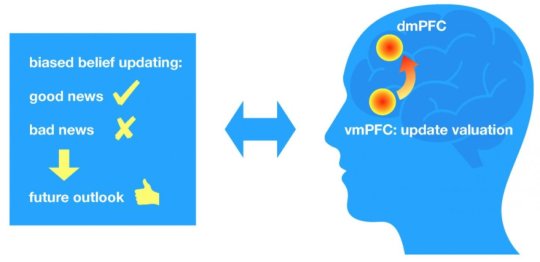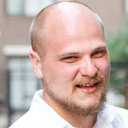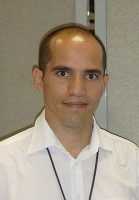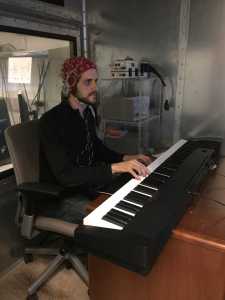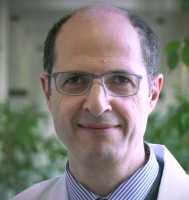Author Interviews, Hospital Readmissions, JAMA, Neurology, Outcomes & Safety, University of Pennsylvania / 20.05.2019
Do Hospitals Designated as Centers of Excellence Have Better Outcomes?
MedicalResearch.com Interview with:
Sameed Khatana, MD
Fellow, Cardiovascular Medicine, Perleman School of Medicine
Associate Fellow, Leonard Davis Institute of Health Economics
University of Pennsylvania
MedicalResearch.com: What is the background for this study?
Response: There has been a growing use of quality metrics and indices in the US healthcare system. Much attention has been paid to quality measurement programs used by public payors, however, the use of such programs by commercial payors is much less studied. "Centers of excellence" are one type of quality designation program that is growing in use by commercial payors where certain hospitals are determined to be "high quality" for a certain disease state or procedure based on meeting certain criteria. For some people, this is even impacting the choice of providers and hospitals they can use by payors.
We evaluated centers of excellence programs from three large commercial payors, Aetna, Cigna and Blue Cross Blue Shield, targeted at cardiovascular diseases and interventions and examined publicly reported outcomes for all hospitals performing percutaneous coronary interventions (cardiac stenting) in New York State.
(more…)






















